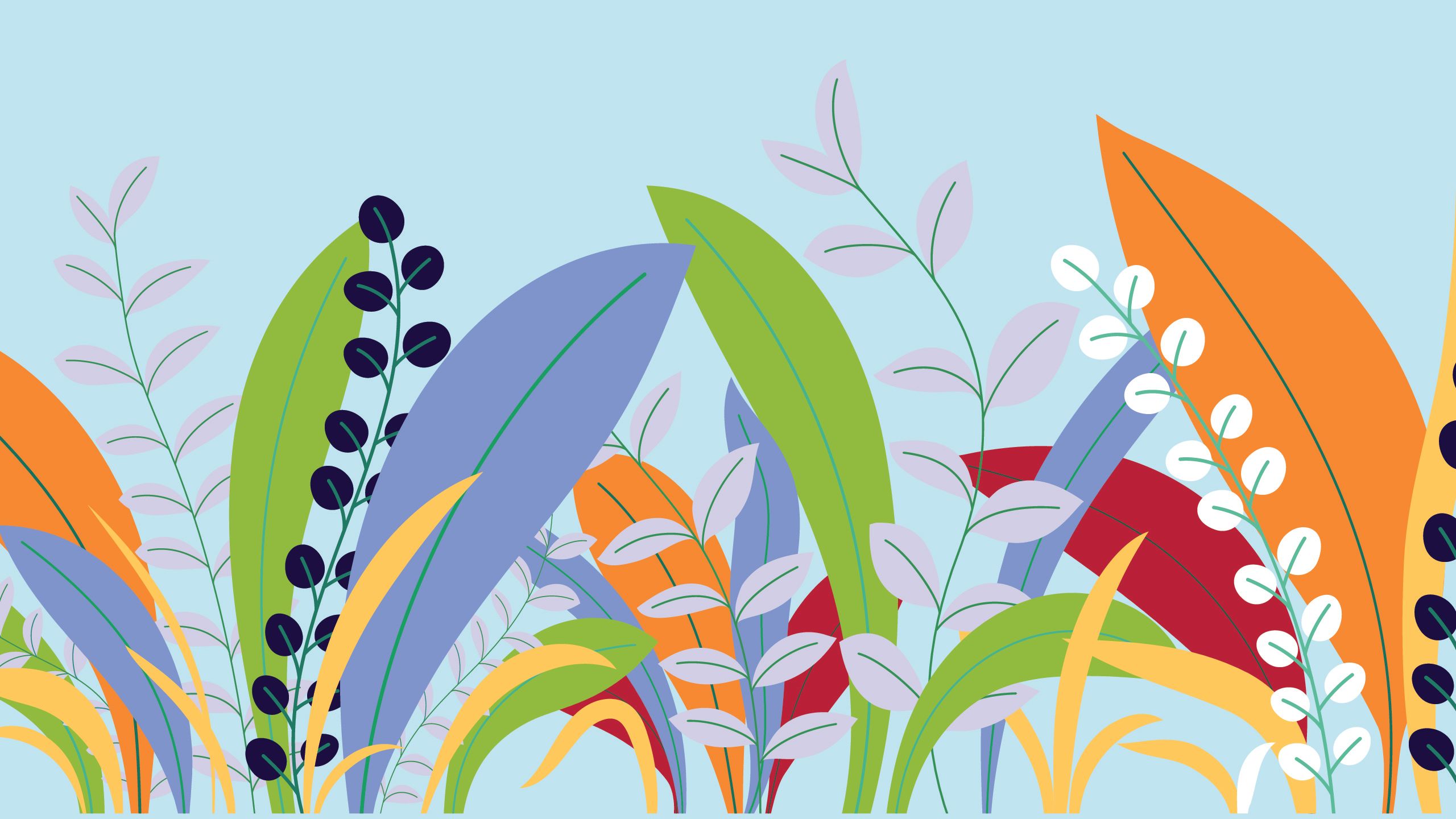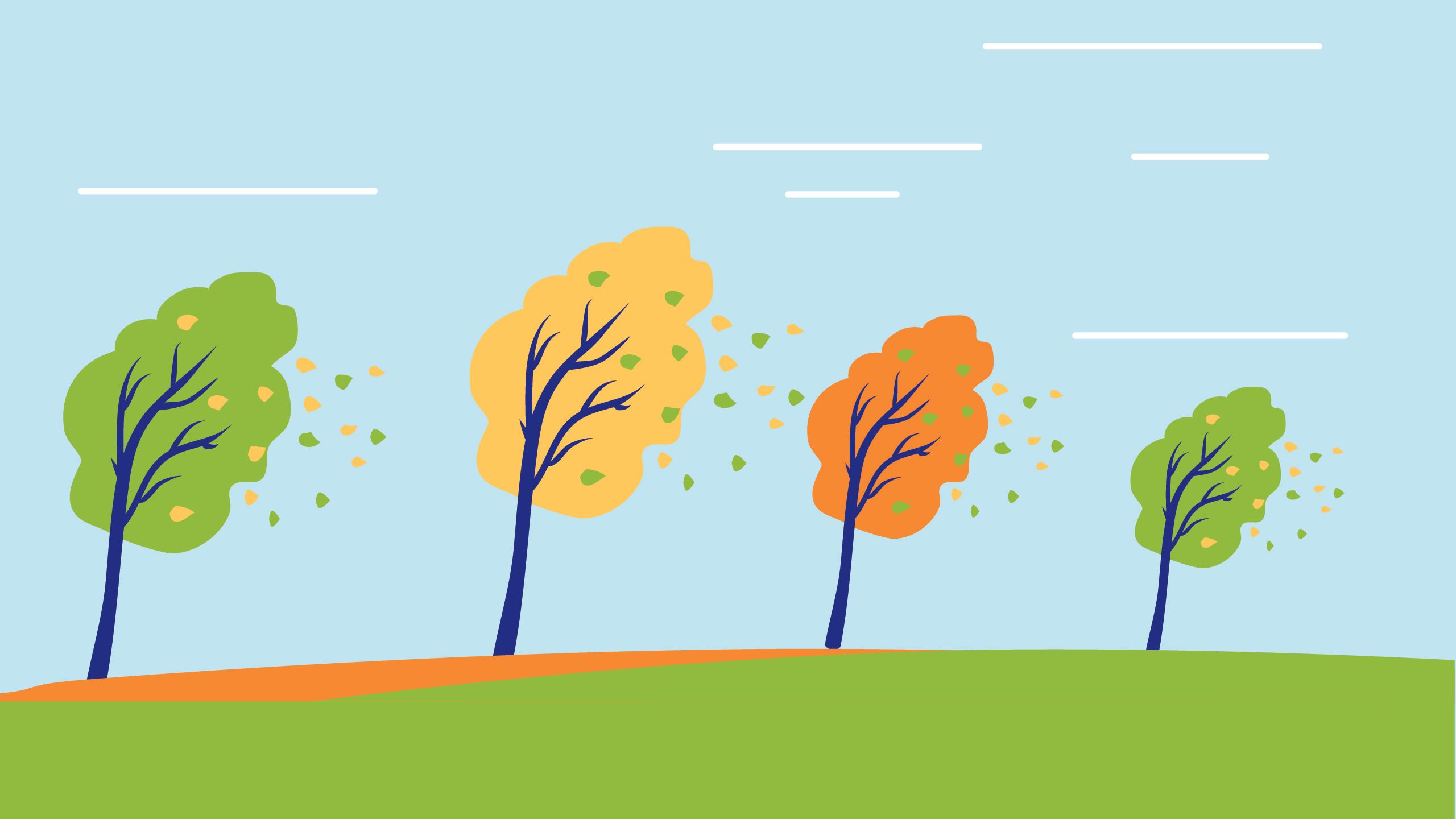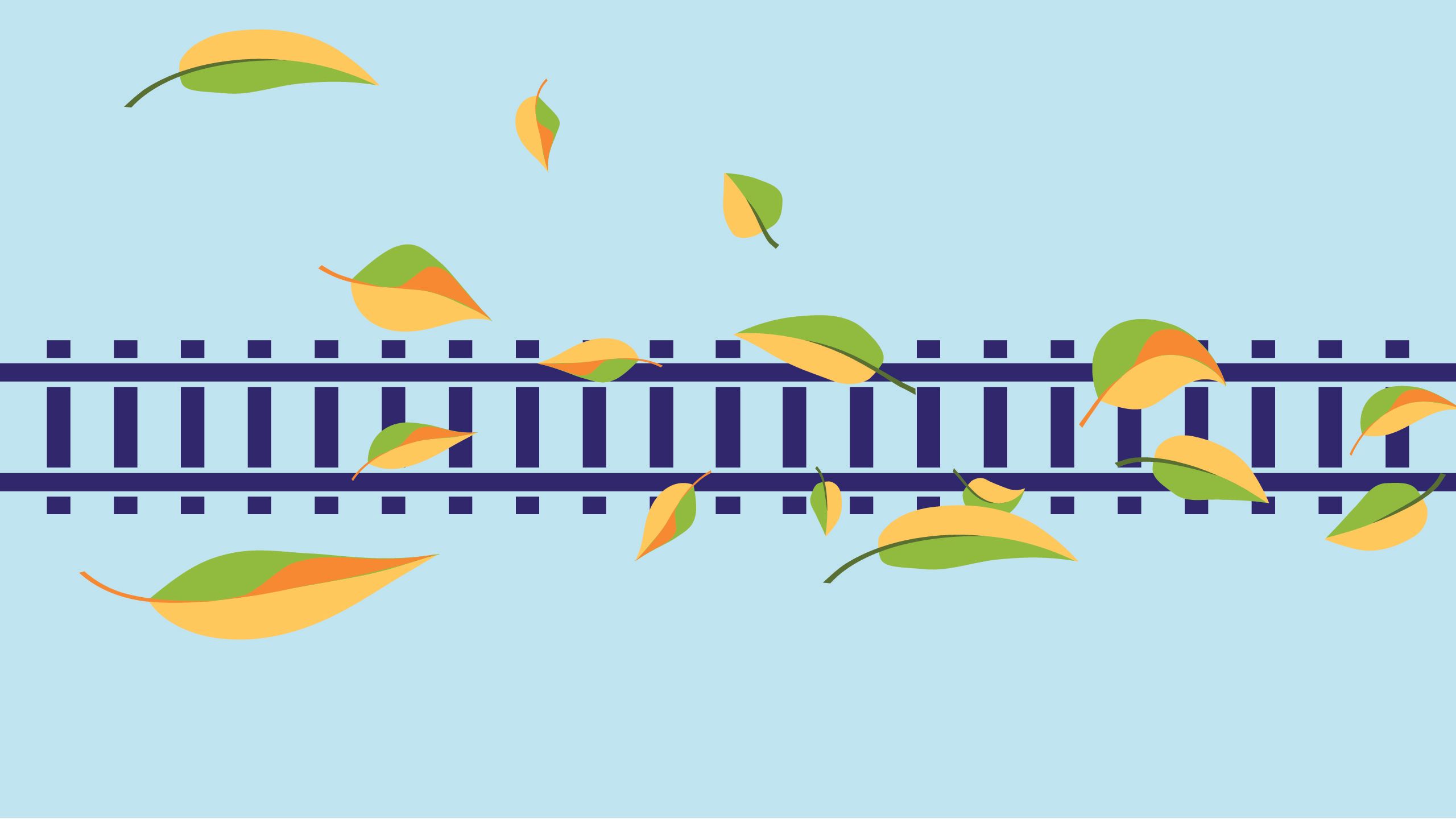FACT OR FICTION
GET TO THE ROOT OF THE PROBLEM

On time performance leader Anita Elliott explains why keeping lineside vegetation in check is so important
We don’t care about vegetation along our tracks and just leave it to grow wild
FICTION: Excessive vegetation along our routes is something we take very seriously. We have a duty to report any issues and ensure Network Rail is addressing them. The safe running of our trains is our priority, as well as being considerate lineside neighbours to people who are most likely our customers.
We’re using technology to tackle the issue
FACT: We’ve introduced Hubble, a GoPro camera attached to the front of a train which records the view from the cab. It means Network Rail can download the recordings to see where at-risk trees are and plan their work accordingly. Meanwhile, on our Euston to Watford route, we’re using the recordings from our DOO (driver only operated) cameras to see precisely where vegetation is striking – and potentially damaging – our trains and again sharing that with Network Rail so they can go out and cut it all back.


Climate change isn’t affecting lineside vegetation
FICTION: This year has seen excessive growth. In fact, vegetation has grown so much that it’s starting to infringe and strike our trains, which can cause scratching and damage. That means we may have to take them out of service, which isn’t good for our customers. The increase in storms and high winds is also an issue, as fallen trees impact overhead power lines, leading to train cancellations and delays.
Buddleia may be pretty but it’s an absolute menace on the railway
FACT: Buddleia (or butterfly bush) has been declared worse than Japanese knotweed, which is saying something. It has a habit of growing in walls where it can interfere with overhead power lines and obscure signals. And it can pop up in places where removing it takes up valuable time and resources.
The famous phrase ‘leaves on the line’ is more than a joke
FACT: We all love talking about it at this time of the year, but it’s a big problem – and while we can run the special railhead treatment trains and deploy people out on the track to clean and scrub the rails, the best mitigation is to make sure we act responsibly and manage lineside vegetation all year round.








